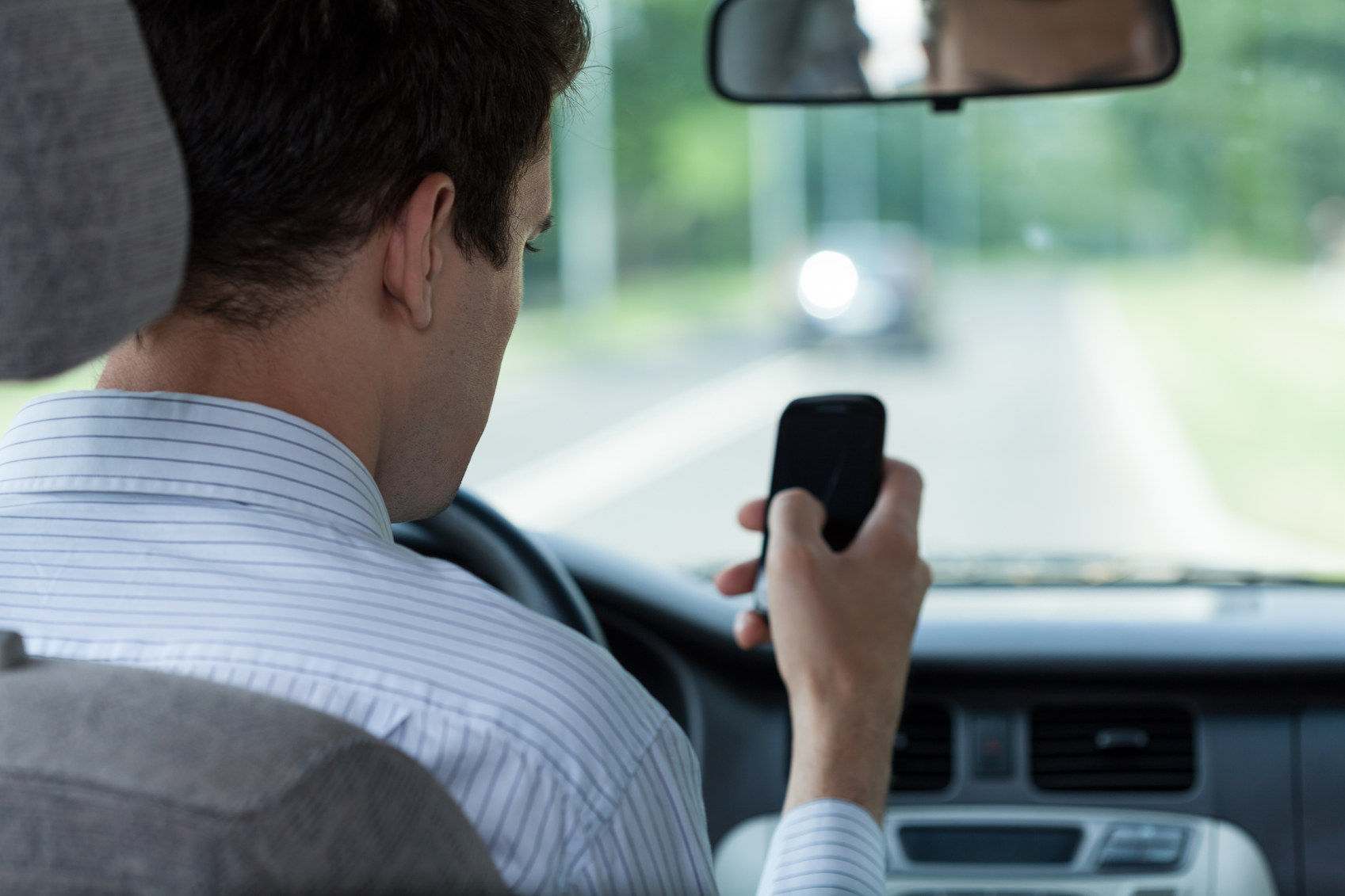
According to Distraction.gov, California is one of many states in the nation that has enacted a handheld ban for mobile devices while drivers are operating their vehicles. This ban includes cell phone use for calls and texts. In response to these laws, many companies have begun to manufacture and market hands-free systems that allow drivers to engage in their old behaviors, such as placing calls and sending texts and emails, all without the dangers of handheld devices. However, a recent study by the American Automobile Association’s Foundation for Traffic Safety has found that these hands-free systems may be more distracting than their original counterparts.
To perform the study, researchers measured driver reaction times to outside stimuli while they were engaged in common activities seen with these in-car systems, such as navigating menus, listening to texts, giving simple system commands, or composing email messages. They found that although the systems were hands-free, they required a high cognitive, or mental, workload for drivers to engage properly with them. Through various stages of the study the results showed that the hands-free devices had the potential to be more distracting than the cell phone systems they were meant to replace.
Not all tasks were equally distracting for drivers. Composing texts, email messages and social media status updates proved to be more distracting than issuing simple car commands and listening to received messages. However, the more reliable a system’s menu was, the less distracting the system was for the drivers. This indicates that although only one system the study tested received a passing score for safety, it is possible that future systems could be developed with decreased cognitive distraction as the main goal.
By attorney Christopher B. Dolan, owner of the Dolan Law Firm. Email Chris questions and topics for future articles to help@dolanlawfirm.com










